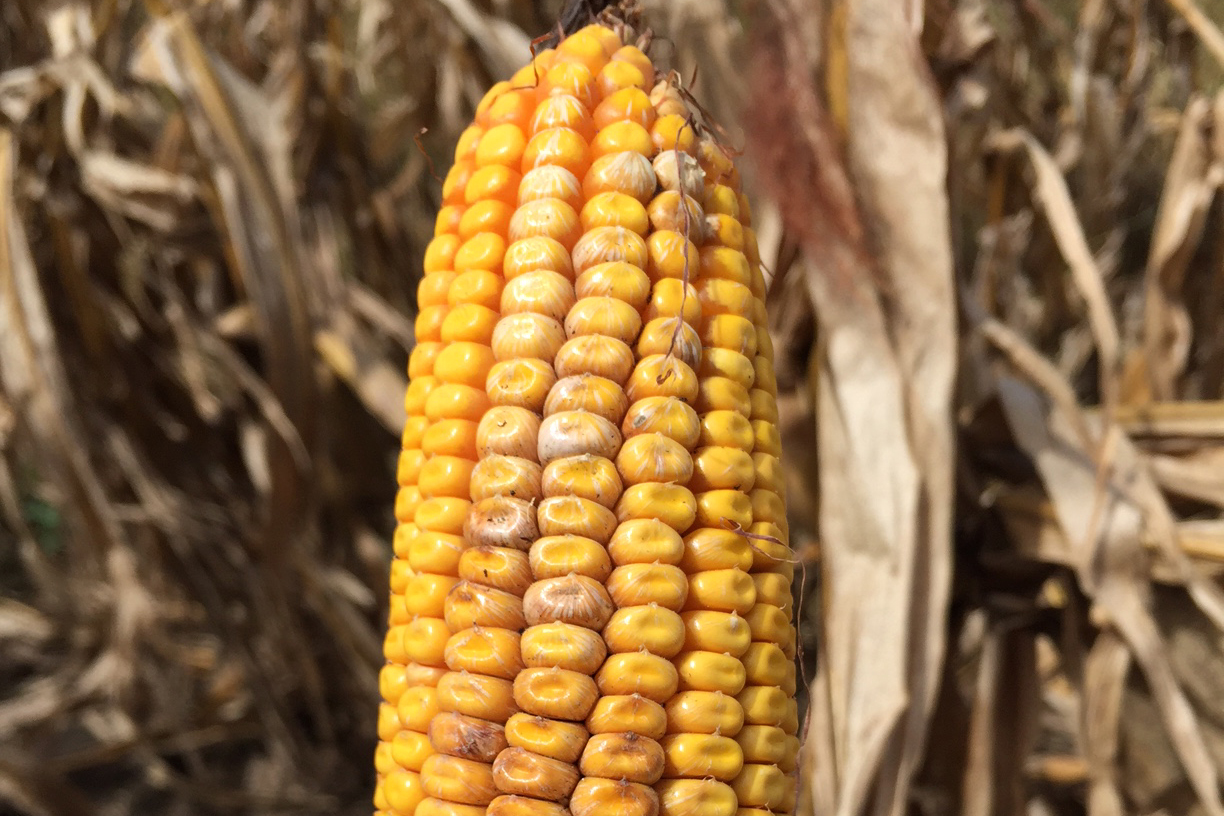Managing mycotoxins with feed additives

Feed additives with selective anti-mycotoxic effects that are activated directly inside the animal can be considered the optimal solution to mycotoxicosis in all animal species and categories.
These additives have the following properties; rapid binding of adsorbable mycotoxins, stability at different pH levels, thermostability at pelleting and extrusion conditions, limited binding activity with vitamins, micro- and macro-nutrients and effective at low concentrations in feed.
Nutriad’s Toxy-Nil and Unike brands fulfil the strict requirements of the European Commission which concluded with its regulation 1060/2013 that bentonite (1m558) has the potential to reduce the mycotoxin contamination of poultry, pig and ruminant feeds.
Supporting natural mycotoxin bio-inactivation
Toxy-Nil and Unike mycotoxin deactivators support natural mycotoxin bio-inactivation, a complex mix of different processes that can simultaneously occur providing defence against a variety of mycotoxins. In the gastrointestinal tract, naturally occurring bacteria, yeast and protozoa have the ability to bio-inactivate mycotoxins from the trichothecenes family into non-or less toxic metabolites.
Bio-inactivation can also occur with other types of mycotoxins when they are adsorbed onto the surface of probiotic bacteria. In poultry, T-2 toxin is usually metabolised and eliminated after ingestion. This process takes place in the crop, small intestine and liver where hydrolysis, hydroxylation, de-epoxidation and conjugation yield more than 20 different metabolites.
Effective mycotoxin deactivator
Nutriad mycotoxin deactivators work strictly in vivo and will not counteract or mask mycotoxin in stored feed or raw ingredients. It is highly recommended to apply an effective mycotoxin deactivator which offers an opportunity to significantly improve animal health, performance, productivity and profit impaired by mycotoxins. Depending on the target performance different mycotoxins can be more or less problematic. Therefore, using different products for different animal groups become a rational trend.
Join 26,000+ subscribers
Subscribe to our newsletter to stay updated about all the need-to-know content in the feed sector, three times a week. Beheer
Beheer









 WP Admin
WP Admin  Bewerk bericht
Bewerk bericht